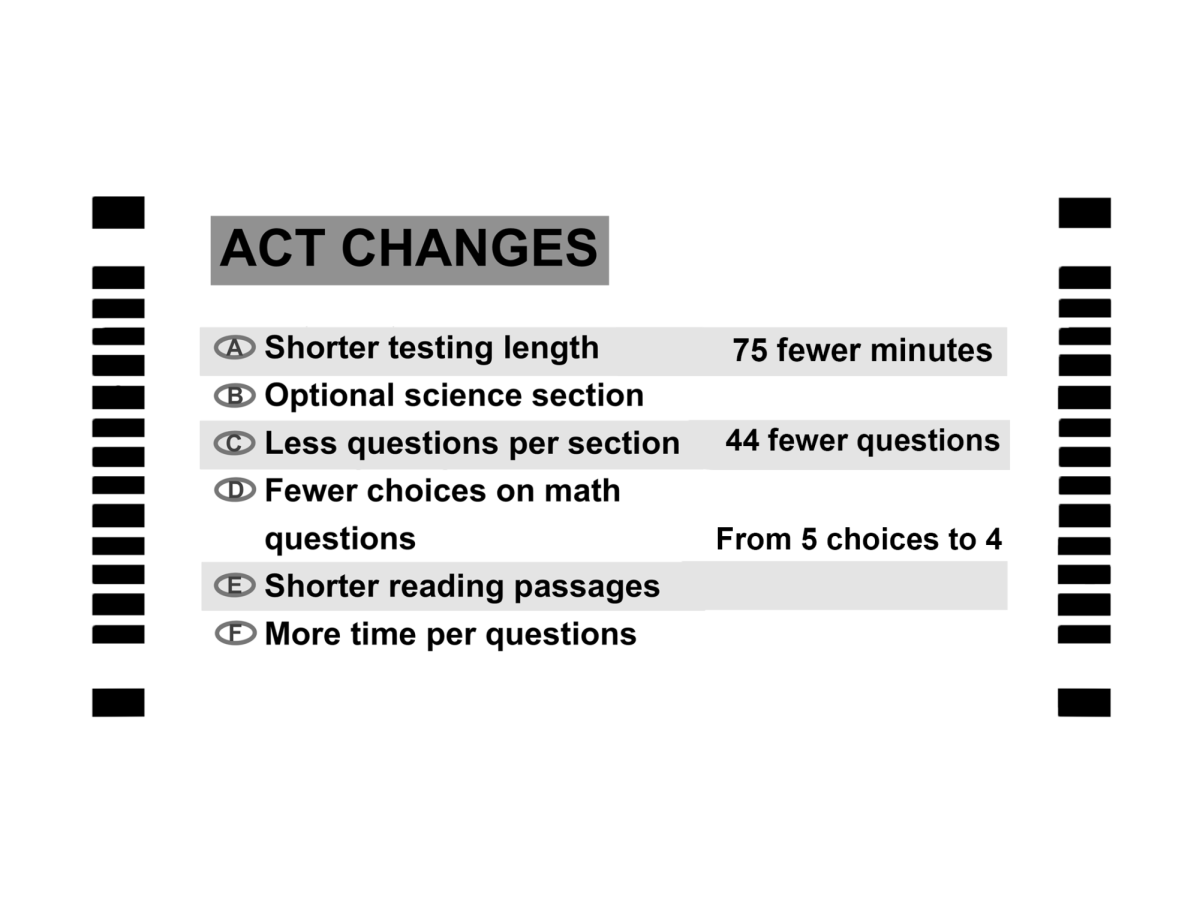After the Biden administration’s original student loan forgiveness plan was rejected by the U.S. Supreme Court, Pres. Joe Biden vowed to create a new plan. He delivered on this promise in the form of The Saving on a Valuable Education plan. Also known as SAVE, it is an incredible step forward in reducing current and future student loan debt.
SAVE is an income-driven repayment plan that will replace the Revised Pay-As-You-Earn (REPAYE) plan, which was previously considered to be the most generous IDR plan for most borrowers. Among other things the plan will cut undergraduate loan payments in half, ensure loans do not grow (due to unpaid interest) and help low income borrowers. In total, over $116.6 billion in student loan forgiveness has been approved for over 3.4 million Americans.
While it may not seem as grand as Biden’s previous plan to cancel $400 billion worth of student debt, it will help reduce loans in the long run. It also provides much-needed targeted support to borrowers of color, who have been disproportionately affected by the student loan crisis.
According to the Annie E. Casey Foundation, Black and Latino borrowers are more likely to be behind on their student loan payments compared to White students. Black borrowers, in particular, are harmed the most, with the average Black student owing 95% of their loan 20 years after enrollment. Even worse, 40% of Black borrowers drop out of college with significant debt and struggle to pay it back.
College costs are also a major contributor to the growing racial wealth gap. Wealthier not-for-profit colleges, which are more selective and can award more financial aid and scholarships, disproportionally admit White students. As a result, a higher percentage of students of color attend for-profit colleges, which have high tuition, lower graduation rates and less financial aid.
One prominent example of financial exploitation in higher education is the Corinthian Colleges, an education company that acquired several for-profit colleges. In an investigation led by the Department of Education, the company was found to have misled students into taking on unnecessary debt. The colleges also did not keep their student employment promises. As a result, $58 billion of Corinthian student loans were forgiven last year.
Additionally, even if students of color do graduate, they’re likely to earn less than their White counterparts. According to a study by Georgetown University, Black students with a Bachelor’s degree earn 20% less than White students.
These facts result in Black students, who take on more debt then their white counterparts, having a harder time paying it off, which ultimately causes them to owe significantly more as their loans grow. However, thanks to Biden’s proposed SAVE plan, many of these debt problems will be reduced.
One significant change to the REPAYE plan is the amount of income that is protected from payments. Under SAVE, the amount of protected income will rise from 150 percent of the Federal Poverty Guidelines to 225 percent. This means that those who earn less than $32,805 a year ($15 an hour) will qualify for $0 payments. Those who earn more will also benefit and save over $1,000 a year. This allows people to focus on necessities, such as food and rent rather than paying back large amounts of student loan debt.
Monthly payments will also be cut in half, allowing borrowers to save money on monthly costs. Under SAVE, instead of paying 10 percent of their discretionary income, people will only pay five percent. At the same time, the DOE will no longer charge monthly interest that is not covered by the borrower’s payment. According to DOE, 70 percent of borrowers on REPAYE will benefit from this change, as it will stop loans from growing.
Unemployment, cancer treatment, military service and natural disasters will allow borrowers to receive credit towards forgiveness. This is another great feature that will reduce financial strain on people with debt during financially stressful times.
Overall, DOE estimates that SAVE will offer great relief to borrowers, but especially to low-income individuals and people of color. On average, borrowers of color will see their total lifetime payments cut in half while low income people will see their payments reduced by as much as 83 percent.
SAVE is an incredible program that will alleviate some of the education disparities, and hopefully, encourage more people to get a higher education. Biden made a promise to reduce college debt and even after extreme difficulty, kept his promise and delivered a plan. SAVE will help open the door to higher education and is the first step in seriously reducing college expenses.














